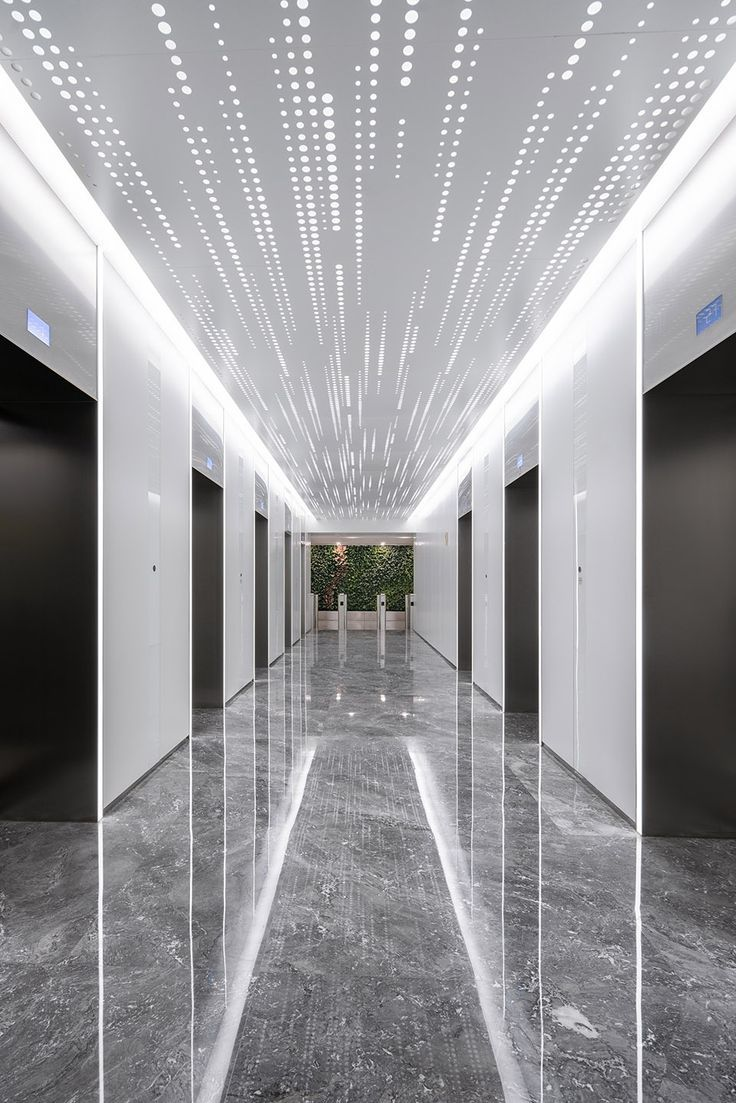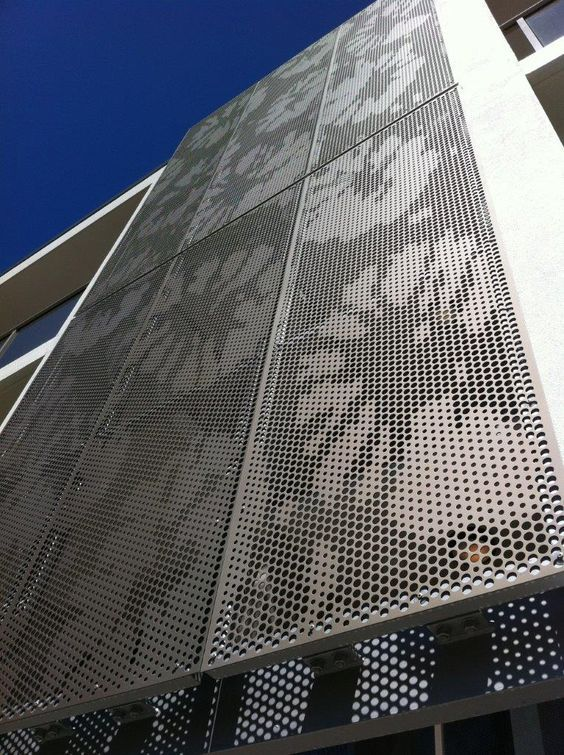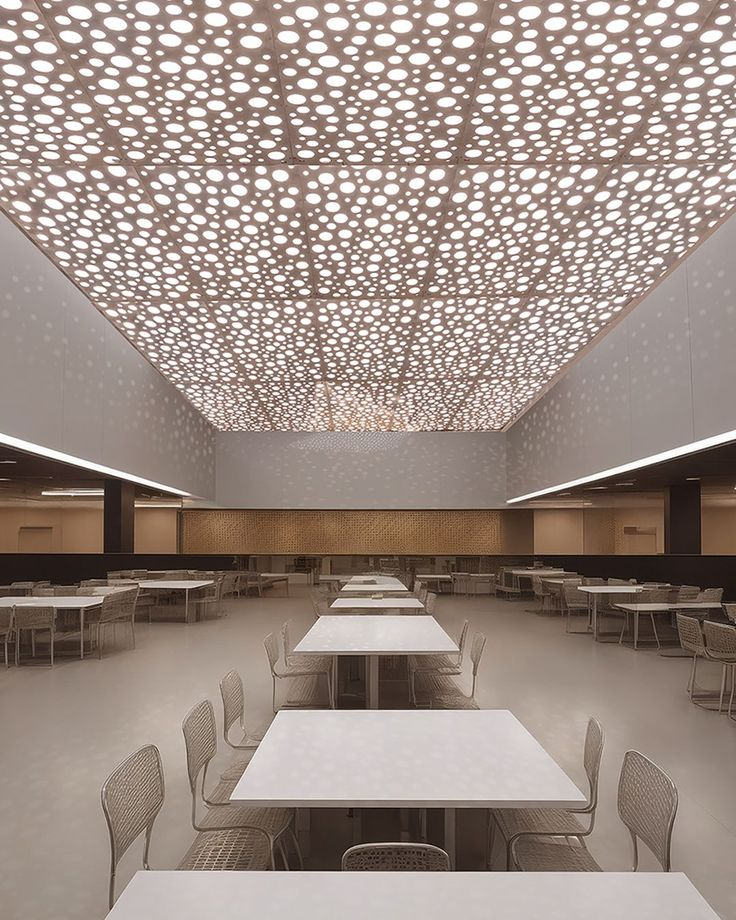Architectural Versatility and Aesthetics
The architectural possibilities offered by perforated aluminium cladding are virtually limitless. The system allows for customization in perforation size, pattern, and density, enabling architects to create unique visual effects that can transform building facades. The interplay between light and shadow created by the perforations adds depth and dimension to building surfaces, creating dynamic visual effects that change throughout the day. The material can be finished in various colors and textures, from anodized surfaces to powder-coated finishes, allowing for perfect integration with any architectural style. The panels can be shaped and curved to accommodate complex geometries, making them suitable for both traditional and contemporary designs. This versatility extends to interior applications, where the panels can create striking feature walls, partitions, and ceiling elements.


